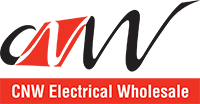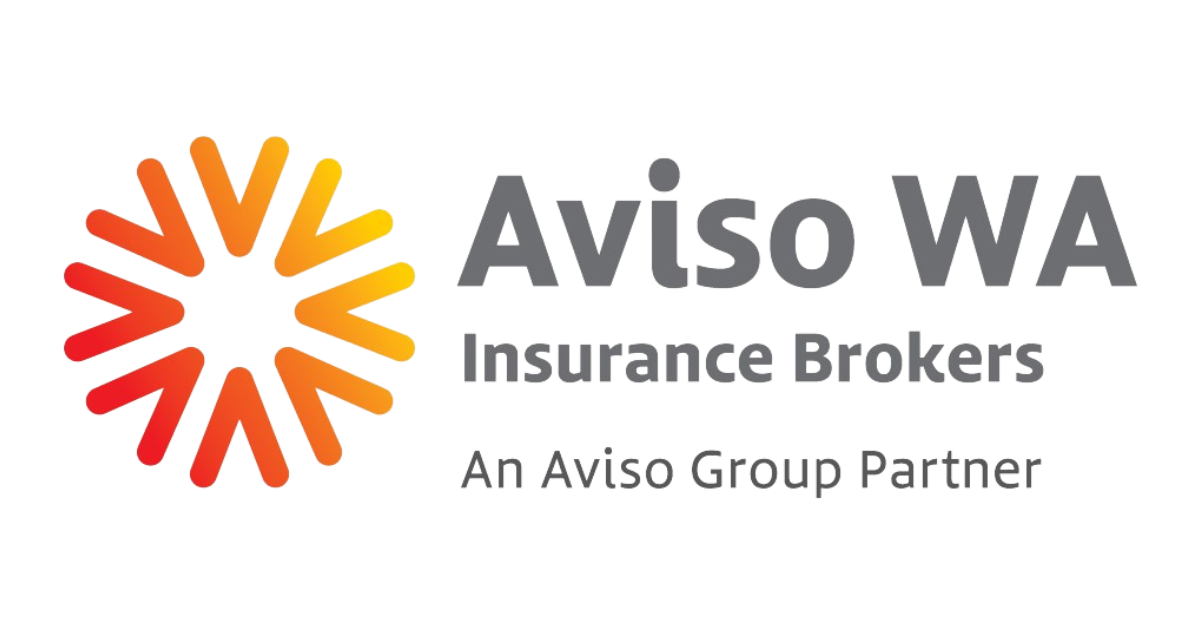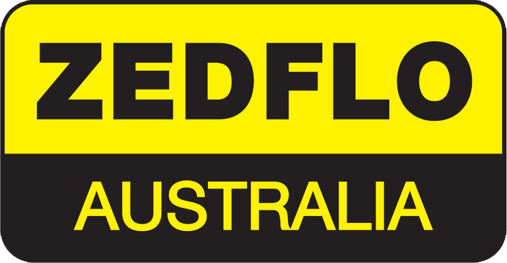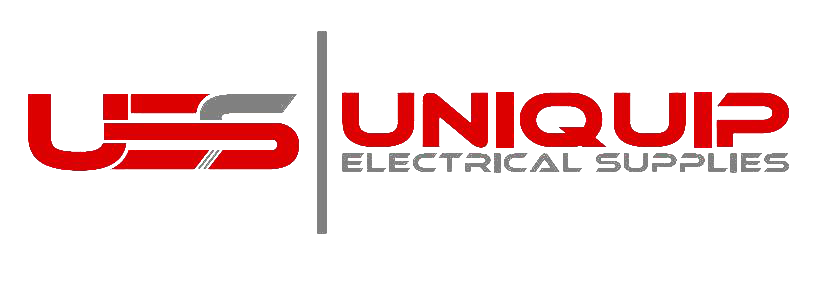New Safe Work Australia guide: managing health and safety risks in rooftop solar installation

Rooftop solar installation is a complex process that involves various tasks, including retailing, surveying, designing, installing, testing, commissioning, repairing, maintaining, and even decommissioning or removing rooftop solar systems on both residential and commercial structures. While rooftop solar systems are a sustainable energy solution, the work involved presents several health and safety risks that need to be carefully managed.
Key risks in rooftop solar installation
There are several safety hazards associated with rooftop solar installation work. Some of the most critical risks include:
- Working at Heights: Rooftop installations require workers to operate at significant heights, which increases the risk of falls.
- Falling Objects: Tools, equipment, or parts of the solar systems can potentially fall, posing a danger to workers and those on the ground.
- Heat Stress: Working on rooftops exposes workers to prolonged sunlight and heat, which can lead to heat exhaustion or heat stroke.
- Electricity: Installing, testing, and maintaining solar systems involves working with electricity, creating risks such as electrocution or electrical fires.
Safe Work Australia’s Guide to Managing Risks
To help ensure the safety of workers and reduce the risks associated with rooftop solar installation, Safe Work Australia has developed a comprehensive guide. This guide is designed to assist persons conducting a business or undertaking (PCBUs), along with workers, in identifying, assessing, and controlling health and safety hazards in the field.
The guide covers all stages of rooftop solar installation, from the initial retailing and design phase to the removal and decommissioning of solar systems. Whether you are involved in residential or commercial installations, this resource is essential for maintaining compliance and ensuring a safe working environment.
Reference to Model Code of Practice
It’s important to note that the guide refers to the Model Code of Practice, which should only be used if there is no existing Western Australian (WA) Approved Code of Practice. The WA Code takes precedence in cases where it is available.
For further information, you can access the following resources:
These resources provide additional guidance on how to manage specific risks and ensure compliance with state-specific safety regulations.
For further assistance or detailed guidance on safety practices, please contact ECA safety on (08) 6241 6100 or safety@ecawa.org.au
















